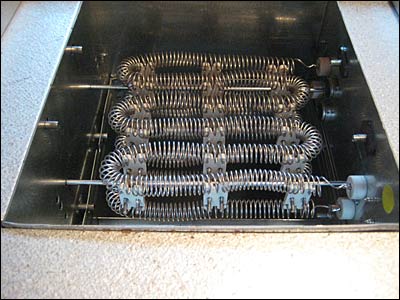How to select electrical protective equipment for lineman safety engineering?

The requirements for the hazard analysis and selection of protective clothing must first be defined.
Assess the workplace to determine if hazards are present, or are likely to be present, which require the use of personal protective equipment. If such hazards are determined, the employer should select and have each employee use, the type of personal productive equipment that will protect the affected employee from the hazards identified in the hazard assessment.
Train the employee to be knowledgeable with the following issues and scenarios:
• When personal productive equipment is necessary;
• What personal productive equipment is necessary;
• How to properly don, doff, adjust, and wear personal productive equipment;
• The limitations of the personal productive equipment;
and
• The proper care, maintenance, useful life, and disposal of personal productive equipment.
Include shock, arc, and blast assessments in the hazard analyses. Identify the selection, inspection, and use requirements for electrical personal productive equipment. Specify the type of clothing that is prohibited.
Utilize protective shields, protective barriers, or insulating materials to protect each employee from shock, burns, or other electrically related injuries while that employee is working near exposed energized parts which might be accidentally contacted or where dangerous electric heating or arcing might occur.
Protective clothing, including a complete multilayered flash suit with hood and face shield, may be required for the operation, insertion, or removal of a circuit breaker.
Calculate the incident energy (in cal/cm2) available at the work site in order to determine and the protective clothing required for the specific task. Additionally, determine a "Flash protection boundary" for all energized work.
At this boundary, exposed flesh must not receive a second-degree burn or worse. After determining the type, purchase the necessary protective
clothing and train employees on how to properly wear the gear.
